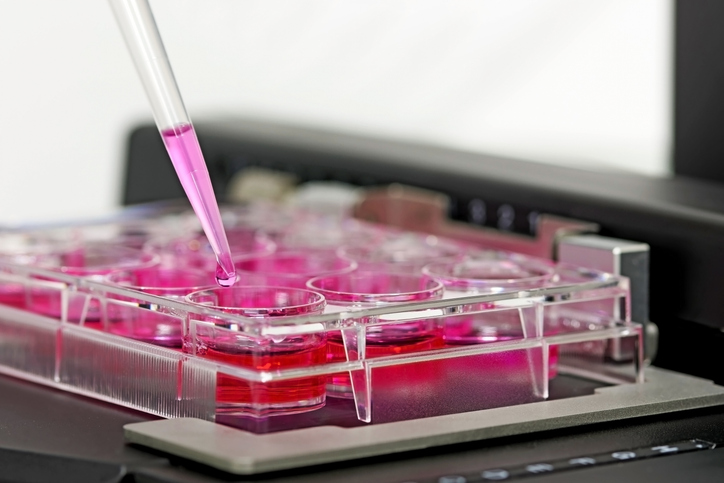Machine learning can help improve drug production from cell culture by fine-tuning and quantifying cell culture media experiments. That’s the view of Bei-Wen Ying, PhD, a researcher from the University of Tsukuba in Japan.
Ying, who presented at PEGS Europe in November, believes that experiments to optimize cell growth media need to be reproducible. However, this has not traditionally been the case in the life sciences.
“For biologists and life scientists, improving cell cultures to boost [drug] production is something of an art,” she explains.
“We can make complicated cars and rockets, but we can’t even produce the smallest cell, and—therefore—for cell culture biologists, improving productivity [traditionally depends] on their [personal] knowledge and experience.”
Data-driven approach
As she explains, this hands-on approach can lead to problems. “There’s no rule in medium optimization. That’s why it’s an art,” she explains.
Whereas, in contrast, machine learning is a data-driven approach to finding the most productive medium from countless possible combinations, she adds.
During experiments involving computer science, any experiment must be performed quantitatively in the same way every time.
“You need to change the way biological experiments are carried out, using data science and machine learning to ensure they’re done in a controlled and predictive way,” Ying says.
Implementing machine learning requires huge amounts of data for the algorithms to analyze, which in turn needs robotics. Ying’s team ran an experiment using machine learning on data collected by automated plate readers. These collected data from 96-well plates contained cells under different culture conditions.
Large datasets can be used by machine learning to make predictions for better choice of culture media conditions, she says. For example, the team discovered there was a trade-off between the speed of cell growth, the rate of cell division, and the maximum concentration of cells.
“The model tells you, you either need more cells or they need to grow fast—you can’t have both,” she says.
In addition, she says, the model experiment shows that, for rapid cell growth, sulphides and/or other components could be more important as a component of the cell feed than glucose.
As she explains, these predictions can help optimize and improve cell productivity in manufacturing and wouldn’t be possible without machine learning.
“If you didn’t work on these studies,” she says, “you’d think glucose as a carbon source [for the cells] was best.”



